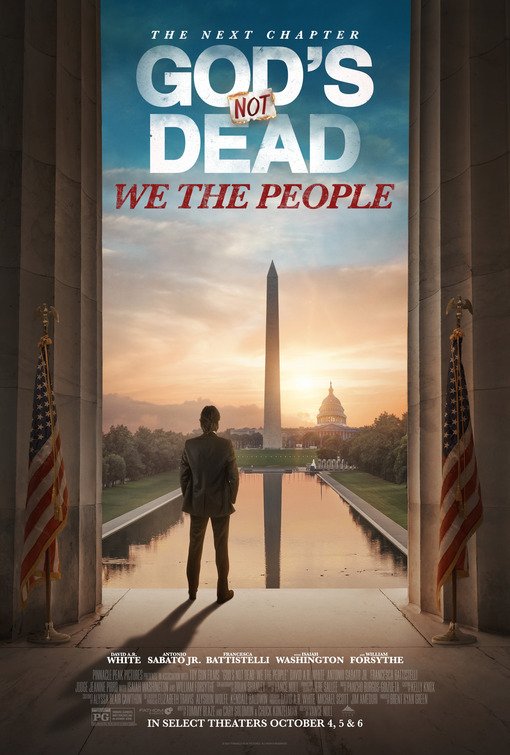
By Michaela Gordoni
Last week, The National Center on Sexual Exploitation (NCOSE) gave support for the DEFIANCE Act introduced into the U.S. Senate and U.S. House.
“Anyone who posts a photo online can be the target of deepfake pornography, but there’s currently no federal law giving victims a path to justice,” said Dr. Marcel van der Watt, president, National Center on Sexual Exploitation. “The DEFIANCE Act complements criminal penalties in the TAKE IT DOWN Act by providing civil remedies. Our nation needs to hold perpetrators of this abuse accountable.”
The act addresses the publication, creation, possession, sextortion and distribution of AI-generated deepfakes. It would let victims seek restitution through formal court proceedings.
“This bill creates a statute of limitations of 10 years (more than double the default statute of limitations); tolls the running of the statute of limitations until the plaintiff learns about the nonconsensual deepfake intimate image or they turn 18, whichever occurs later; and elaborates on the privacy protections available to plaintiffs during,” Senate Judiciary Committee members wrote.
Related: NCOSE Releases Tips for Parents to Raise Children Amid Pornographic Culture
“The course of any litigation, particularly with respect to the handling of discovery of the content at issue,” their statement continued. “These provisions would apply both to existing law relating to nonconsensual disclosure of intimate images and the new cause of action for nonconsensual deepfake intimate images.”
NCOSE is heavily involved in preventing sexual exploitation and advocating for victims. It recently engaged in lawsuits that are suing porn companies for breaking the age-limit verification rules in Kansas.
The organization actively monitors platforms that are sexually exploitative and particularly dangerous to minors. Every year, it announces the worst offenders on its “Dirty Dozen” list. It highlights the need to hold entities responsible.
This year, it shared stories of 12 victims who could have gotten more justice if a federal protection, Section 230, wasn’t in place. Many of the survivors are children who met predators or traffickers online.
“She was 15 and met a stranger with friends in common on Facebook,” one story reads. “Before long, he used the messenger service to groom and exploit her, leading to her being trafficked, raped and abused.”
Section 230 is an outdated law that was created in 1996, at the beginning of the internet boom. NCOSE assesses that the law shields companies from accountability, allowing them to avoid responsibility regarding what happens on their platforms.
“Enacted in 1996, Section 230 predates social media, smartphones, and the modern internet; it governed just 20 million American users, not today’s 300 million,” NCOSE points out.
When it comes to sexual exploitation, justice and prevention are critical. NCOSE understands that better than anyone.
Read Next: How NCOSE Uses AI Technology To Combat Human Trafficking
Questions or comments? Please write to us here.


 - Content:
- Content: 

